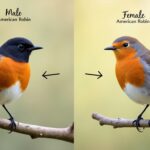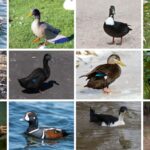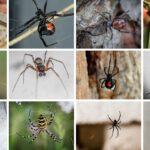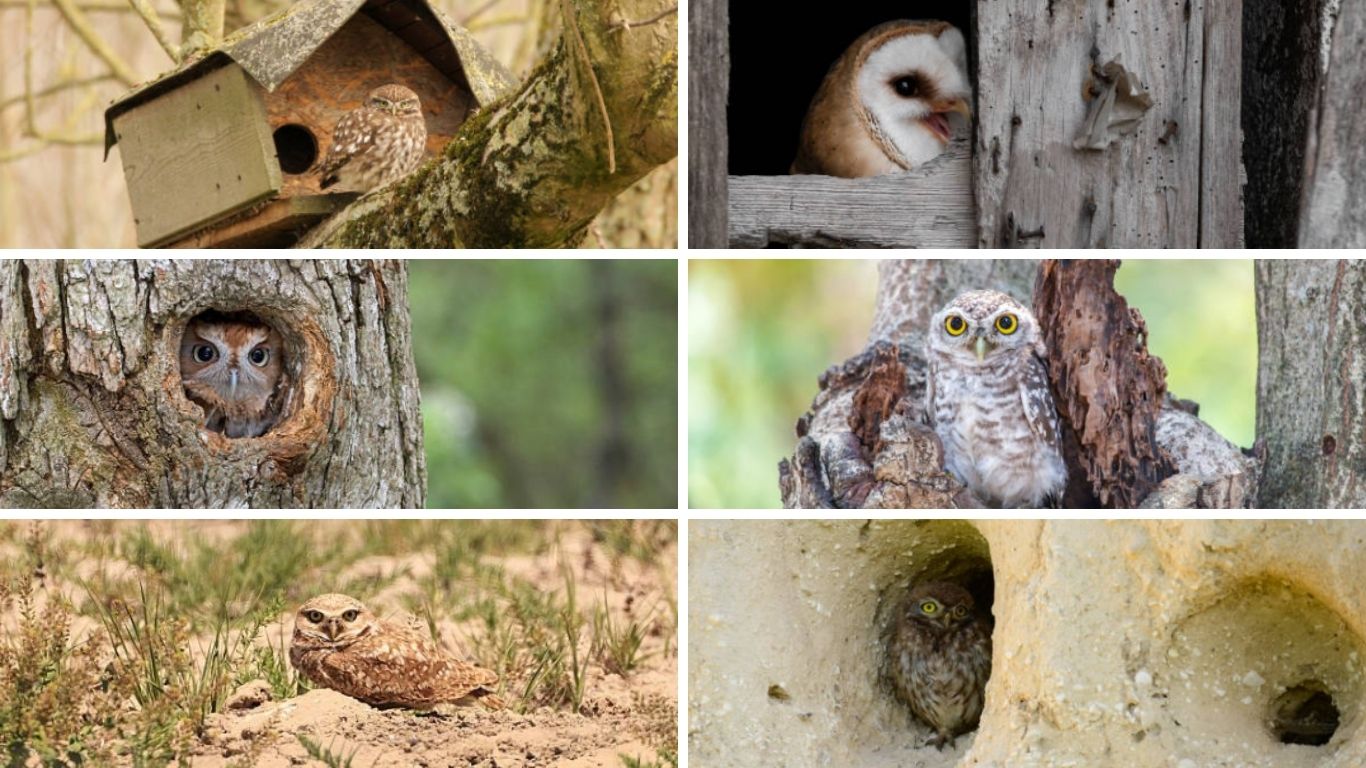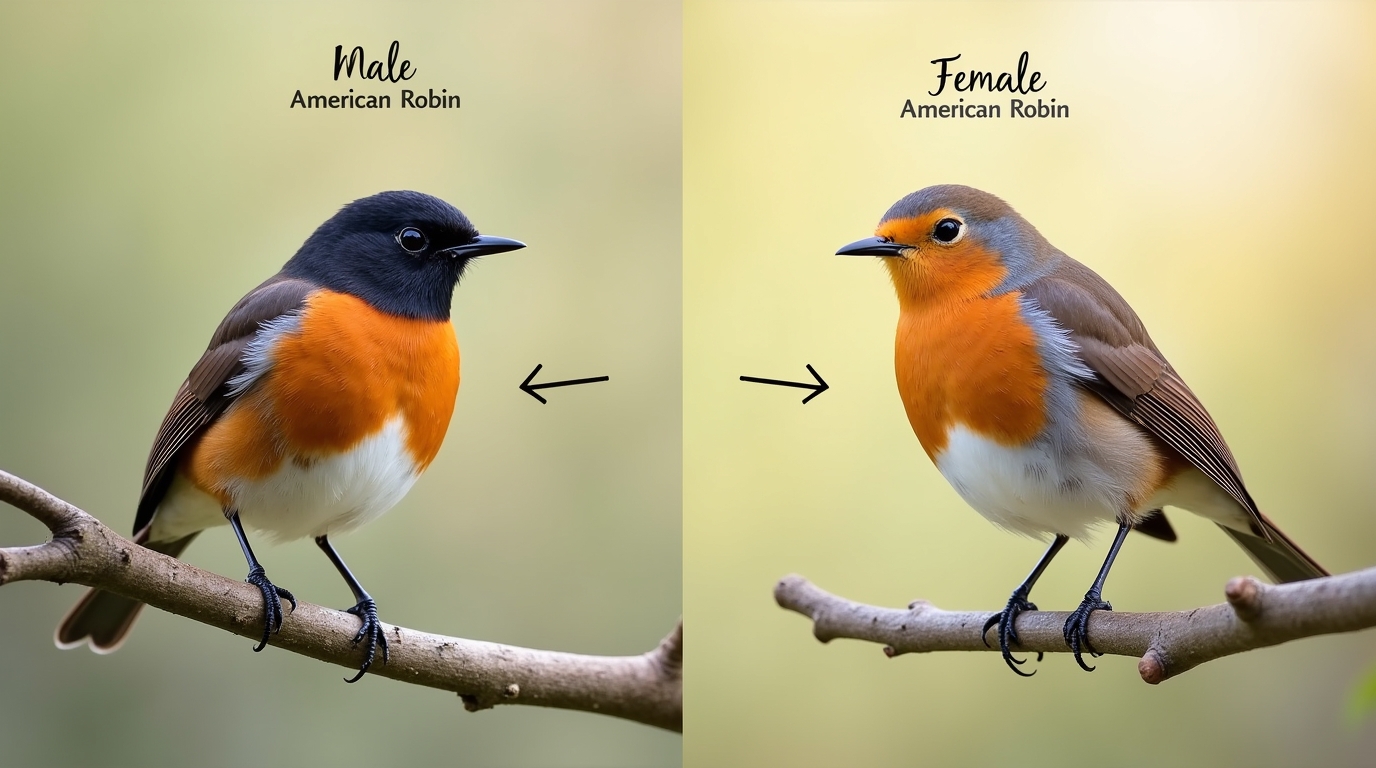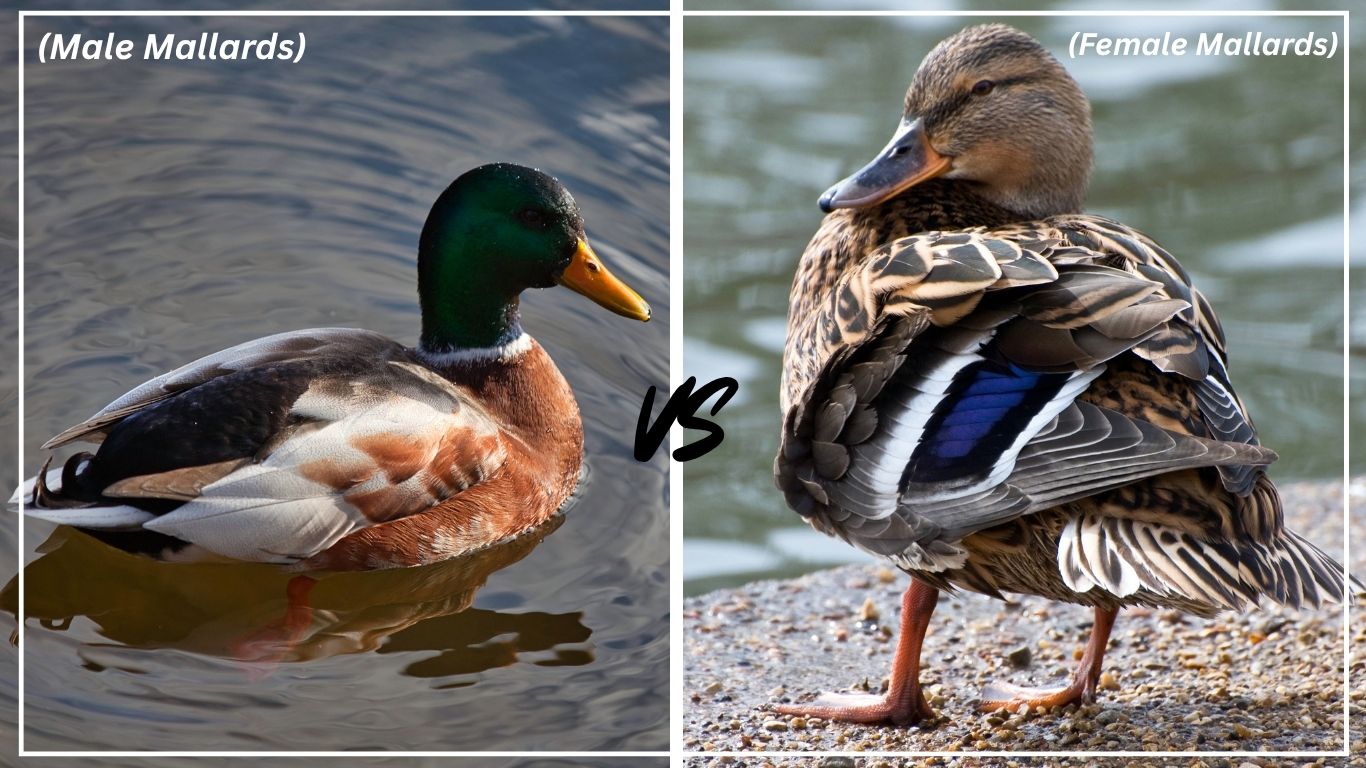Owls are resourceful nesters, choosing a wide variety of places to raise their young—from hollow trees and abandoned barns to underground burrows and open cliff ledges. Unlike most birds, they rarely build traditional nests, relying instead on natural features or existing structures. In this guide, we explore the different types of owl nests, how each one works, and what makes them ideal for these fascinating nocturnal predators.
1. Tree Cavity Nests

Tree cavity nests are one of the most common and safest nesting sites for many owl species, especially those living in wooded areas. Owls like the Eastern Screech Owl, Northern Saw-whet Owl, and Barred Owl prefer naturally occurring tree holes or abandoned woodpecker cavities. These nests offer shelter from predators and harsh weather while being elevated from ground threats.
How Tree Cavity Nests Are Chosen
Owls don’t carve out the cavity themselves—they rely on existing holes in dead or mature trees. Some species look for deep, wide spaces that provide room for movement and protection from rain and wind. The height of the cavity is also important, usually ranging between 8–40 feet above ground.
Nest Lining and Material
Unlike many other birds, owls do not actively gather soft nesting materials. Most tree cavity nests are left unlined or have a thin layer of wood chips, decomposed leaves, or even the remains of past meals. The female may slightly scrape or rearrange the debris at the bottom but does not build a traditional nest.
How to Identify a Tree Cavity Owl Nest
You can spot an active owl nest by looking for:
- White droppings below the tree trunk
- Feathers or pellets at the base
- Occasional sight of a parent owl peeking out
Cavities are usually located in dead trees (snags), which stand taller with visible holes.
Egg Laying and Incubation
Once the female owl settles in the cavity, she lays 2–7 eggs depending on the species. She incubates the eggs alone while the male hunts and delivers food. Incubation usually lasts 25–35 days. During this time, the cavity acts like a natural incubator, keeping warmth inside.
Raising the Owlets in the Nest
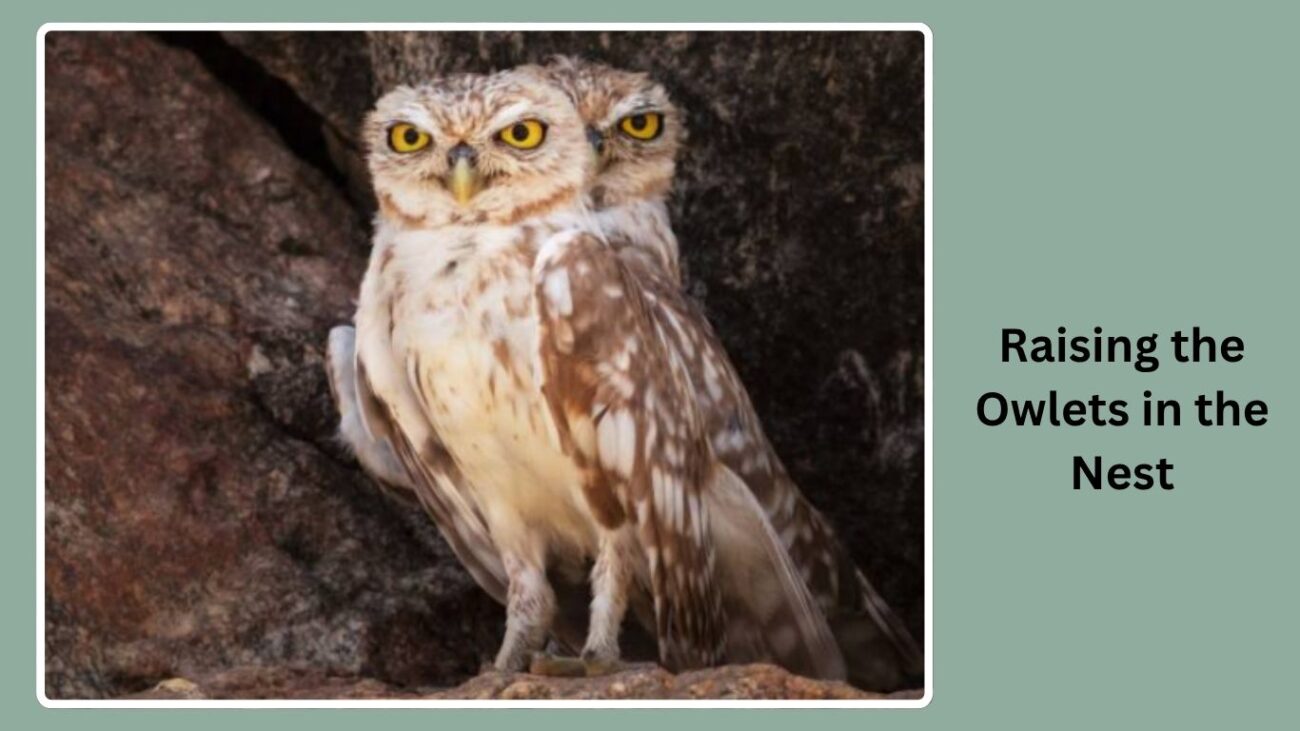
After hatching, the owlets stay in the cavity nest for several weeks. The parents—especially the mother—stay close, feeding them frequently. The tight space keeps the chicks safe from predators. Once they grow feathers and begin exploring, they often perch near the cavity opening before their first flight, a behavior called “branching.”
2. Barns and Building Nests

Many owl species have adapted to living near humans and often choose man-made structures like barns, attics, silos, and even church steeples as nesting sites. Barn Owls are the most famous users of these spaces, though Great Horned Owls and Eastern Screech Owls may also take advantage of quiet, elevated corners inside buildings. These spots provide warmth, protection from predators, and convenient hunting grounds nearby.
Where and How Owls Nest in Buildings
Owls select quiet, dark, and undisturbed spots inside old barns, lofts, or under rafters. They prefer places with large entry points or broken windows that allow easy access. Elevation is key—nests are usually located on high beams or tucked into corners away from human movement.
Nest Materials Inside Structures
Like in tree cavities, owls using buildings rarely bring materials. However, over time, the nest area accumulates owl pellets (regurgitated bones and fur), feathers, and debris from prey. This natural buildup often forms a soft bedding layer for eggs.
Signs of Owl Nests in Barns
Look for:
- Whitewash (droppings) on beams or floor
- Owl pellets in corners or ledges
- Occasional loud screeching or hissing sounds at night
You may also spot one adult perched near the entrance, especially around dusk.
Egg Laying and Nesting Behavior
In barns, female owls lay their eggs directly on the dusty or pellet-covered surface. The clutch size ranges from 4 to 7 eggs for barn owls. The mother stays on the nest, while the male brings food. Nesting lasts about 30 days for incubation, followed by another 6–8 weeks of chick development.
Chicks’ Growth and Parental Care

Young owlets remain hidden inside the building for several weeks. Both parents bring frequent meals—usually rodents or small birds. As the chicks grow, they start walking and flapping inside the structure. Eventually, they begin flying lessons from window ledges or rafters, staying close to the nesting area even after fledging.
3. Nesting Boxes
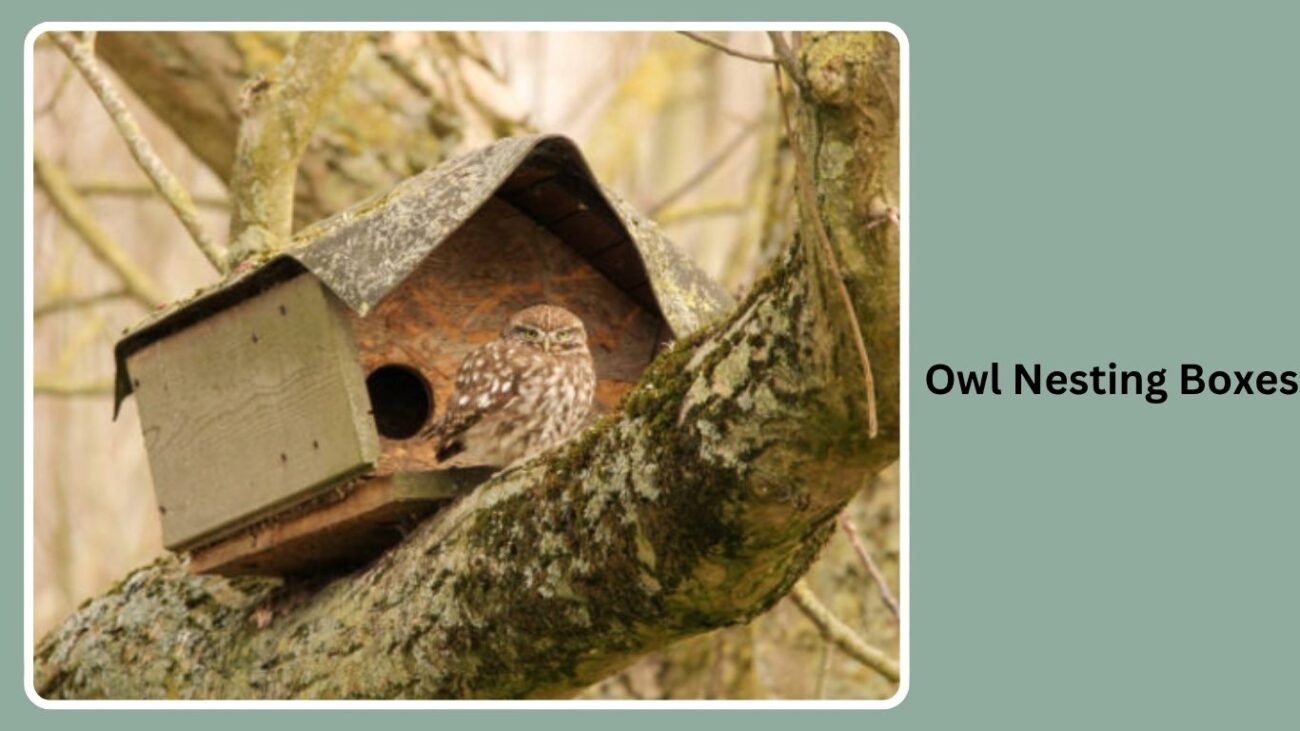
Nesting boxes, also known as owl boxes, are artificial cavities built by humans to support owl populations—especially where natural nesting sites are limited. They are particularly helpful for species like Barn Owls, Barred Owls, and Eastern Screech Owls. With proper size and placement, these boxes mimic tree cavities and offer a safe, sheltered environment for breeding.
How Owls Choose and Use Nesting Boxes
Owls locate nesting boxes during their pre-breeding scouting period, usually in late winter or early spring. They prefer boxes placed in quiet, elevated locations—such as trees, barn walls, or poles—with clear flight access and nearby hunting fields. Once chosen, a female settles inside for the season.
Materials Inside Nesting Boxes
Like natural cavities, owls do not build nests in these boxes. However, conservationists often place a thin layer of pine shavings, wood chips, or dry grass at the bottom to cushion the eggs. The owl may stir the bedding slightly, but otherwise, it remains simple and natural.
How to Identify Active Nest Boxes
Indicators of an occupied owl box include:
- Scratched or worn entrance hole
- White droppings beneath or around the pole/tree
- Presence of owl pellets nearby
- Calls from within during dusk or early morning
A remote camera or careful inspection (with minimal disturbance) can confirm nesting.
Breeding Behavior in Owl Boxes
The female typically lays 3 to 8 eggs, depending on food supply and species. She incubates while the male provides food. Owl boxes offer excellent insulation, so egg incubation and chick survival rates are often high when the box is properly maintained and protected from predators.
Development and Care of Young Owlets
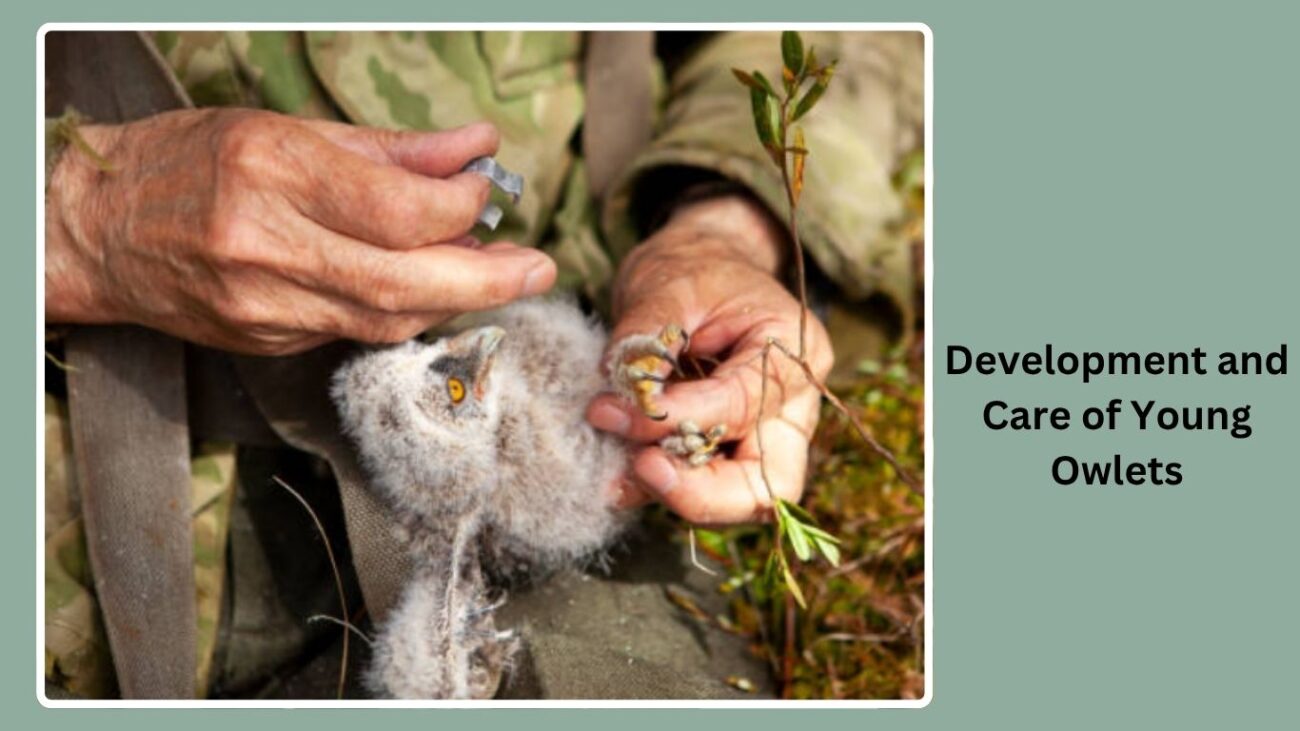
Inside the box, the chicks stay close together and are fed regularly. Parents work as a team—dad hunts, mom feeds and protects. As the chicks grow, they begin peeking out from the entrance hole. After 6–8 weeks, they fledge but may return to the box to roost for several days or weeks before becoming fully independent.
4. Stick Nests (Reused Nests)
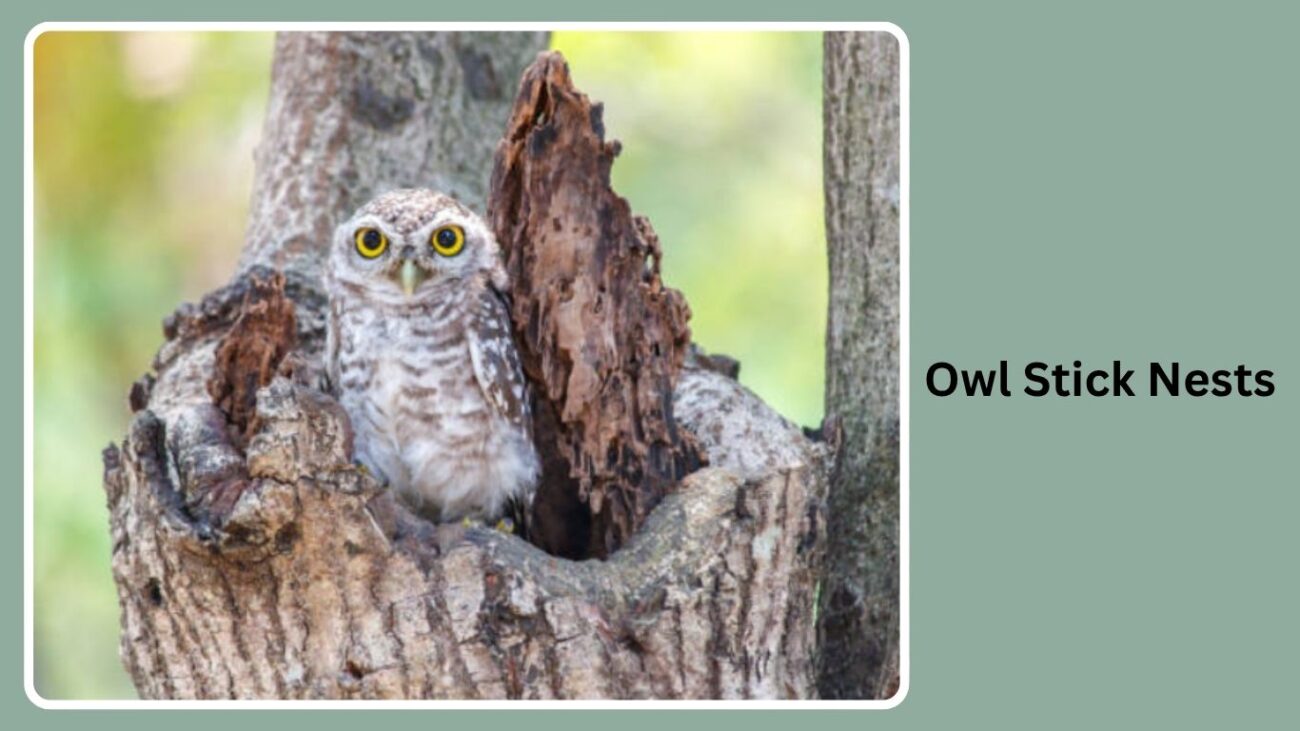
Some larger owl species, like the Great Horned Owl, do not build their own nests. Instead, they reuse large stick nests built by other birds—especially hawks, crows, herons, or even squirrels. These nests are typically found high in trees or on man-made structures like utility poles. Stick nests provide elevation and a wide view, which helps the owl monitor its surroundings for both prey and predators.
How Owls Claim and Use Stick Nests
Owls usually take over abandoned nests during late winter before the original builders return. Great Horned Owls, for example, are among the earliest nesters in North America and often claim the best spots before spring. They don’t do much remodeling—what you see is what they use.
Structure and Material of Stick Nests
These nests are made of large twigs and sticks, often lined with bark, grass, or animal fur by the original builder. Owls rarely add or remove materials but will settle in as-is. Some nests may be quite old and fragile, posing a risk of collapse during the season.
Signs of Owl Activity in Stick Nests
Key signs include:
- Large owl silhouette perched nearby
- Fresh pellets and white droppings beneath the nest tree
- Loud territorial calls at dawn or dusk
- Squirrel or crow nests suddenly going quiet (replaced by an owl)
Nesting Timeline and Egg Incubation
Female owls lay 2–4 eggs in the existing nest. Because the structure is exposed, she must stay close to keep the eggs warm and protected from wind or rain. The incubation period typically lasts about 30 days. The male hunts and delivers prey.
Raising Young in Stick Nests

The exposed design means owlets face more risks from weather and predators. However, the elevated position gives them good visibility for their first flights. Owlets often wander to nearby branches before fledging—a behavior called “branching”—and stay under parental care for up to 10 weeks.
5. Ground Nests

Ground nesting is rare among owls but vital for certain species adapted to open habitats. Short-eared Owls and Burrowing Owls are two common ground-nesting species. Instead of trees or high spots, they nest directly on grassy fields, open tundra, or arid landscapes. Despite being more vulnerable, these owls rely on camouflage, open sightlines, and agility to protect their nests.
How Ground Nesting Owls Select Sites
These owls choose well-hidden spots—often slight depressions in the earth—surrounded by tall grass or shrubs. Short-eared Owls create simple scrapes in dense ground cover, while Burrowing Owls prefer open patches near burrows or mounds. The nest location ensures a clear view of approaching danger.
Ground Nest Materials and Structure
The nest is shallow and usually lined with grasses, feathers, or leaves. Some may add small animal fur, dung, or other organic debris to disguise scent and provide comfort. Despite their simplicity, these nests are surprisingly effective due to camouflage.
Identifying Ground Owl Nests
Look for:
- Feathers or small down patches in vegetation
- Pellets and droppings near the nest
- Adult owls flying low or calling loudly when you approach (a distraction tactic)
- Ground scrape with subtle grass lining
Egg Laying and Incubation on the Ground
Females lay 4–12 eggs depending on the species and food availability. Because the nest is more exposed, the female remains highly alert and protective. Incubation lasts around 25–30 days. The male provides food, staying mostly out of sight.
Chick Care and Development
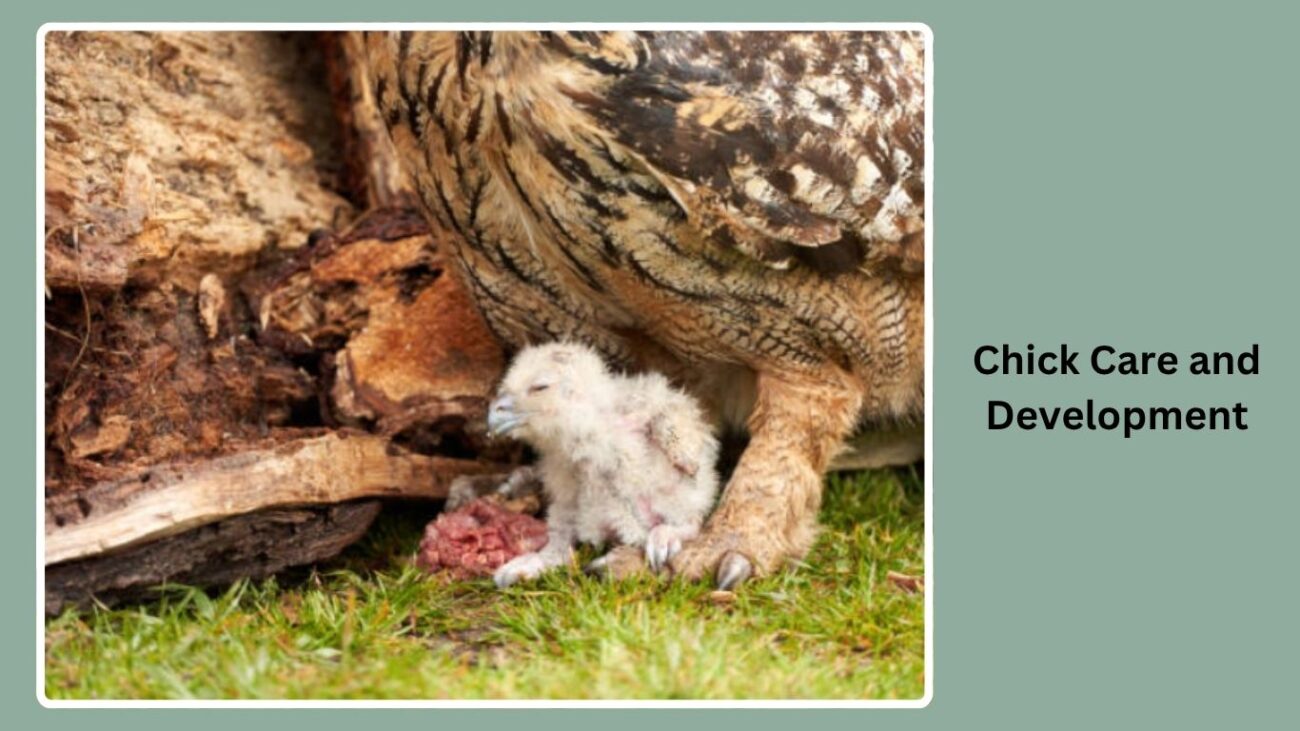
After hatching, the young are extremely vulnerable. Parents guard closely and may use aggressive distraction behaviors, like pretending to be injured, to lead predators away. Chicks grow fast and start to wander around the nest area within a couple of weeks before taking short hops and flights.
6. Burrow Nests
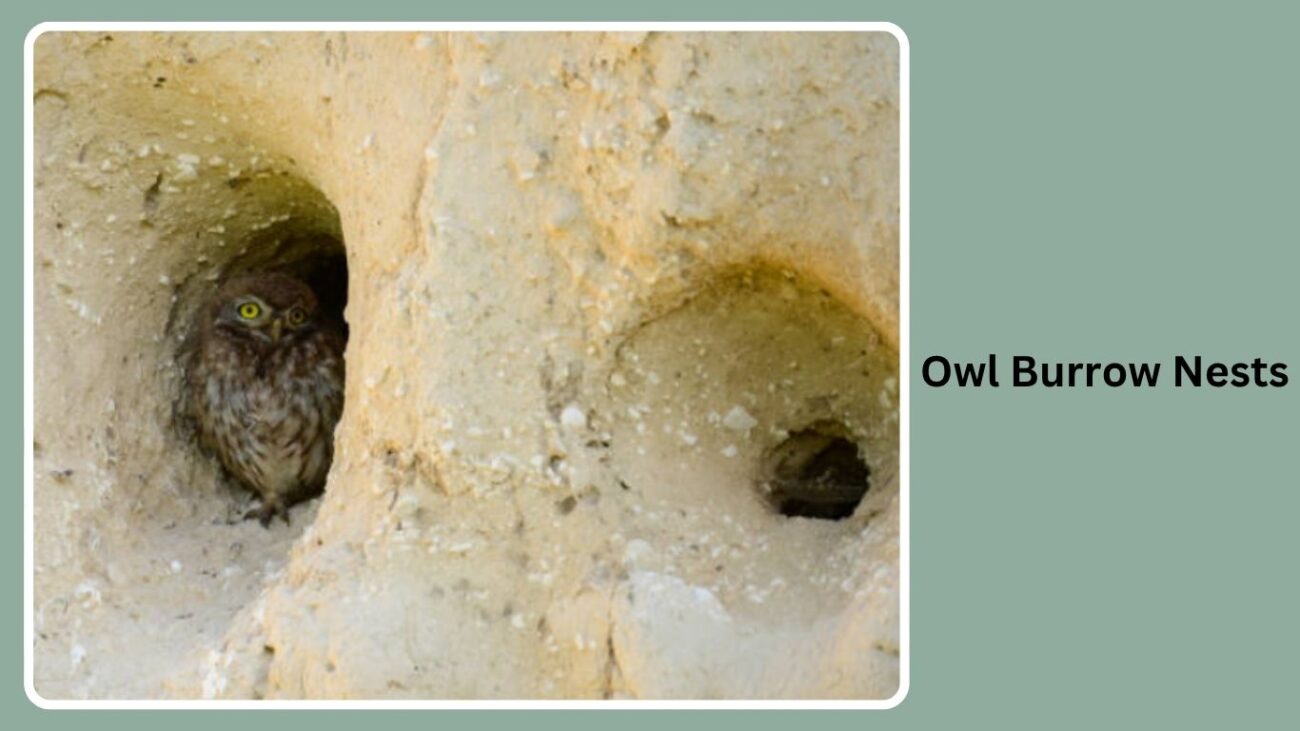
Burrowing Owls are unique among owls for nesting underground, using burrows dug by other animals such as prairie dogs, ground squirrels, armadillos, or tortoises. Found in dry grasslands, deserts, and agricultural fields, these owls rely on burrows to provide shelter from predators, extreme temperatures, and harsh weather.
How Owls Use Animal-Dug Burrows
Burrowing Owls do not dig their own homes. Instead, they occupy and modify existing tunnels, often expanding the entrance slightly. They prefer burrows with good visibility in all directions and easy flight access. Some even create multiple entrances or use nearby satellite burrows for quick escapes.
Nest Material Used in Burrows
Inside, the owls line the tunnel with dried grasses, feathers, and interestingly—animal dung (like cow or dog droppings). This isn’t just for comfort; it helps mask the scent of the owlets and deters predators. The tunnel is usually dry and warm, ideal for egg incubation and chick rearing.
Identifying a Burrowing Owl Nest
Look for:
- A mound of dirt around a burrow entrance
- Owl standing upright near the hole during the day
- Droppings, feathers, or dung scattered around the entrance
- Hissing sounds or clicking when disturbed nearby
These owls are diurnal, so sightings are easier compared to other nocturnal species.
Nesting Behavior Underground
The female lays 6–11 eggs deep in the burrow. She incubates the eggs for about 28 days while the male hunts and delivers food. The burrow’s steady temperature offers excellent conditions for egg development even during hot days or chilly nights.
Raising Chicks Below Ground

After hatching, the chicks remain deep inside for several weeks. The parents take turns feeding and guarding. As the young owls grow, they begin exploring the tunnel, then venture to the entrance where they’re often seen peeking out or standing beside a parent. They fledge around 6 weeks old but may stay close for months before dispersing.
7. Rock Ledge and Cliff Nests
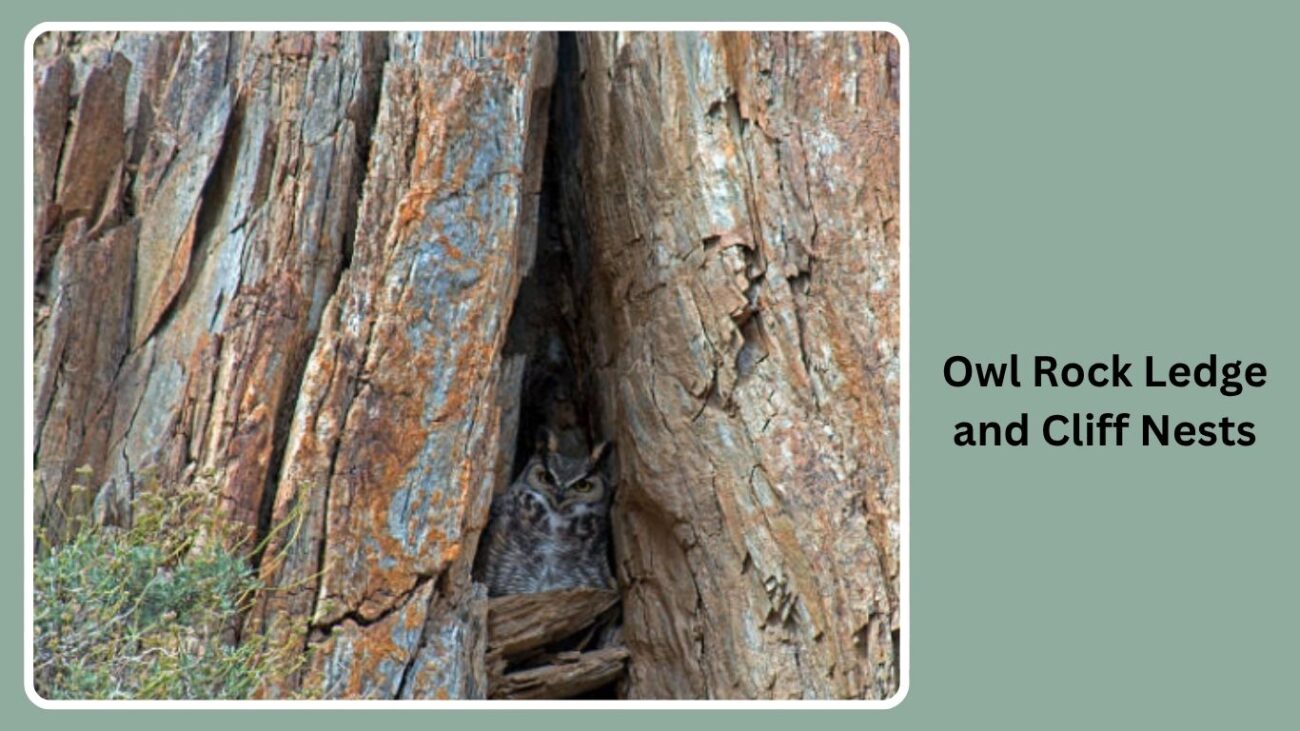
Some owl species, such as the Snowy Owl, Eurasian Eagle-Owl, and Spotted Owls in mountainous areas, nest on rocky ledges, cliff edges, or steep outcrops. These nests are usually in remote or high-altitude areas, where trees are sparse, and visibility is essential for spotting prey or threats. The rugged location offers a natural defense, though it can be exposed to wind and cold.
How Owls Choose Cliff or Rock Ledge Nest Sites
These owls select flat or slightly sloped areas on cliffs or rock shelves that offer wide views of open land below. The spot must be stable, well-drained, and out of reach from climbing predators. In coastal or canyon regions, they may use narrow ledges protected by overhanging rocks.
Nest Structure and Ground Cover
Unlike tree or box nests, these are often bare. Owls might create a shallow scrape in the dirt, gravel, or moss, but there’s no real construction. Occasionally, they may line the site with a few feathers, bones, or pellets, but most rely on the natural surface.
Recognizing Owl Nests on Rocks or Cliffs
Look for:
- A flat or gently scooped area with white droppings or pellets
- Large owl perched on nearby boulders
- Bones or remains of prey scattered around
- Audible calls echoing across rocky valleys
Accessing these nests for observation is difficult and requires care.
Breeding and Egg Protection

Despite the open setting, cliff nests are chosen for their seclusion. The female lays 2–5 eggs in the scrape and incubates them for 30–35 days. Her camouflage and the remote location are the main defenses. The male hunts and delivers food, often flying long distances.
Raising Owlets on Exposed Rock
After hatching, the chicks stay in place, tucked against warm rocks and under the female’s body. They remain at the nest for several weeks, gradually becoming more mobile. As they grow, they start hopping around the ledge and strengthening their wings before taking their first flight into the valleys or plains below.
8. Scrape Nests on Open Ground

Some owls—especially Snowy Owls and other ground-dwelling species—don’t use trees, boxes, or burrows. Instead, they create a basic “scrape” in open ground, usually in flat tundra, fields, or grassy plains. These nests are among the simplest of all, offering little structure but effective camouflage.
How Owls Create and Use Scrape Nests
The female selects a slightly elevated or well-drained patch of ground, often with nearby cover such as low grass, rocks, or shrubs. She uses her body and talons to create a shallow depression—just enough to hold the eggs in place and shield them from wind.
Nest Surface and Environment
There is no added nest material in most scrape nests. Some might include a few feathers or small twigs, but the bare soil or tundra surface serves as the base. The open space allows for good visibility, which is critical in areas with few vertical structures.
Identifying Scrape Nests in the Wild
Look for:
- Flattened patches in tundra or grassy plains
- Signs of white droppings or pellets nearby
- Adult owl perched or lying low on the ground
- Aggressive defense behavior if you get too close
Note: These nests are extremely hard to find due to their perfect camouflage.
Egg Laying and Weather Survival
Females usually lay 3–11 eggs depending on food supply and climate. Incubation lasts around 30 days. These nests are exposed to the elements, so survival depends heavily on the female’s persistence and the eggs’ placement in a wind-sheltered dip.
Caring for Chicks on Bare Ground
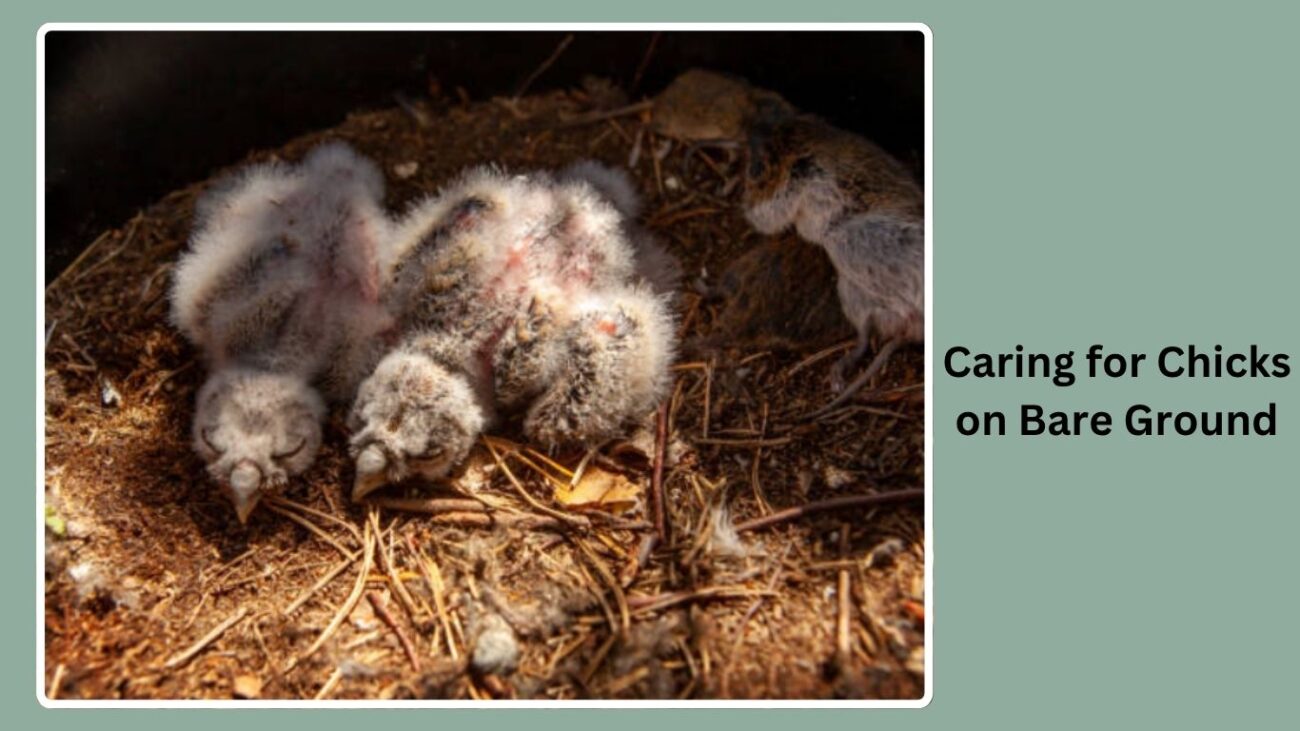
Once hatched, the chicks huddle tightly for warmth and protection. Parents stay vigilant and will attack intruders or predators without hesitation. The young stay low and still, relying on their speckled down to blend into the environment. As they grow, they start roaming short distances around the nest before their first flight.
FAQs About Owl Nests
1. Do all owls build their own nests?
No, most owls do not build their own nests. Instead, they reuse natural sites like tree cavities, old stick nests from other birds, burrows, or man-made structures. Only a few species modify the nesting site slightly by adding debris or feathers.
2. What time of year do owls usually nest?
Most owls begin nesting between late winter and early spring (January to April), depending on the species and climate. Early nesters like the Great Horned Owl may begin as early as January, while others wait for warmer weather and more prey availability.
3. How many eggs do owls typically lay?
Owls lay anywhere from 2 to 12 eggs depending on the species and food supply. Burrowing Owls and Snowy Owls can lay large clutches (8–12), while larger owls like the Great Horned Owl typically lay 2–4 eggs.
4. Can I put up an owl nest box in my yard?
Yes, you can! Nest boxes are great for attracting owls like Barn Owls, Barred Owls, and Screech Owls. Make sure the box is properly sized, placed at the right height, and located near fields or woodlands with minimal human disturbance.
5. How long do baby owls stay in the nest?
Owlets usually remain in the nest for 4 to 8 weeks, depending on the species. After that, they enter a “branching” phase where they climb out and explore nearby areas before fully fledging and learning to fly.

